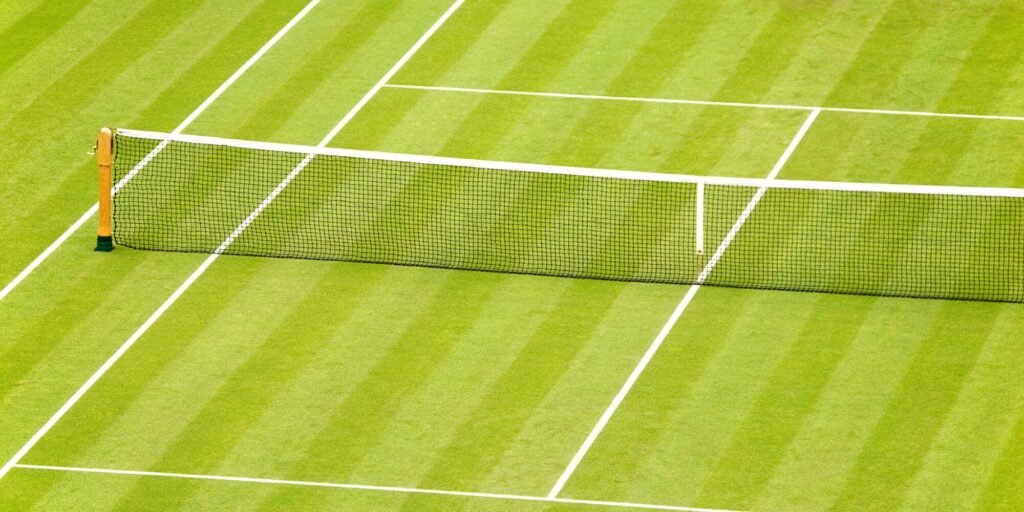Roger Federer is known for his ability to play well on different types of tennis surfaces, such as grass, clay, and hard courts. He adapts his playing style to suit each surface, which is important because each surface affects how the ball bounces and moves. For example, on grass courts, the ball bounces quickly and low, so Federer uses his speed and agility to hit precise shots and end points quickly.
On clay courts, the ball bounces higher and slower, requiring more endurance and patience. Although Federer has said that clay can be “too easy” because it emphasizes running and baseline play, he still needs to adjust his strategy to handle the slower pace and higher bounces. He often relies on his powerful forehand and backhand to control the game on clay.
On hard courts, which are considered a medium-paced surface, Federer can use a variety of shots and strategies. He excels at hard courts because they allow for a mix of fast and slow play, which suits his versatile style. Overall, Federer’s adaptability and technical skill make him successful across different surfaces, even though each requires unique adjustments in his playing style.
Federer’s ability to change his strategy based on the opponent and the situation is also a key part of his success. He can switch between aggressive and defensive play, using tactics like the “sabre” shot to keep opponents guessing. This adaptability, combined with his elegant and precise movements, has made him one of the greatest tennis players of all time.
